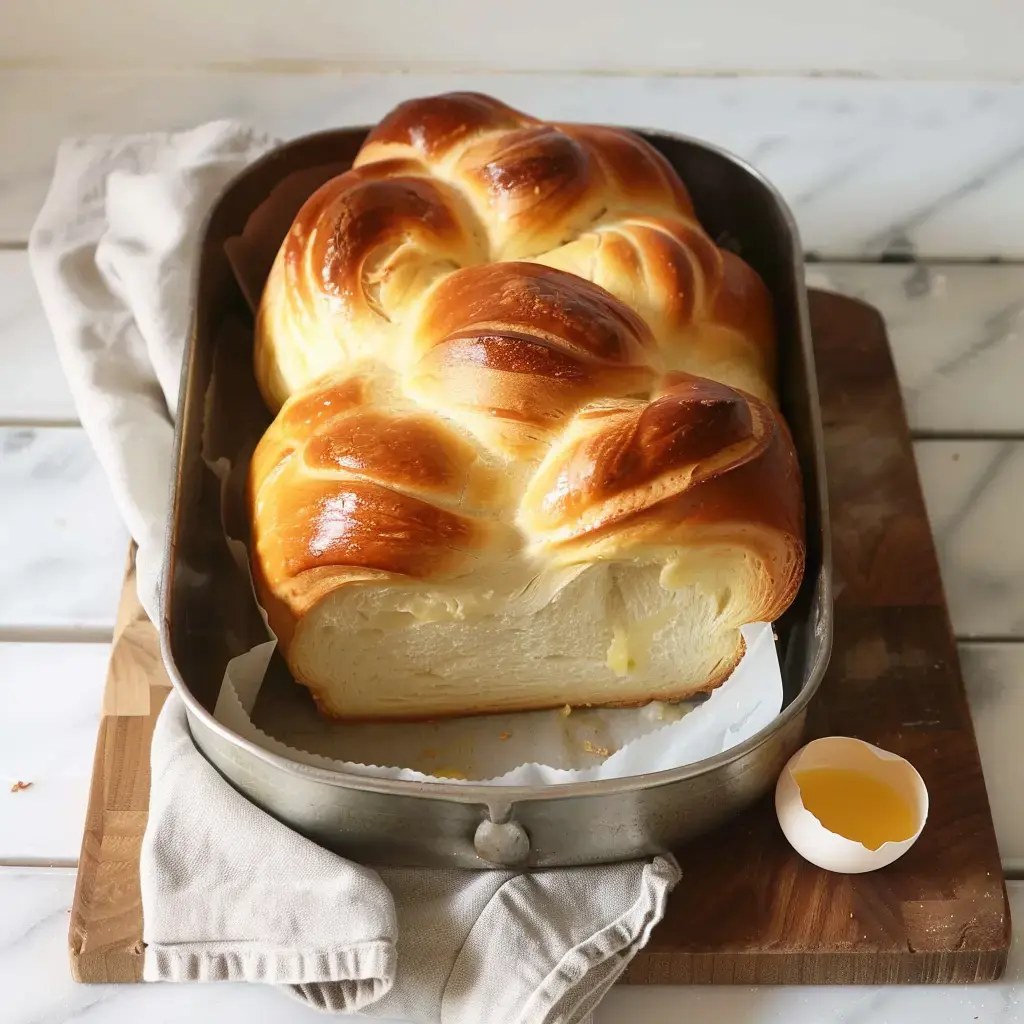 Pin it
Pin it
Making a wonderful brioche doesn't have to be tricky. I'm sharing my family's go-to recipe that I've tweaked over time in my own kitchen. This golden bread has always been my favorite treat for quiet mornings or family snack times.
My go-to golden brioche
This recipe has been with me since I first started baking. It's become my signature dish and I've passed it on to many friends just learning to bake. The trick? Basic ingredients and a forgiving method. When you bite into it, you'll love how the soft texture melts in your mouth and those little strands pull apart so easily.
What you'll need from your pantry
- 500 g of flour T45 works best for that unmatched fluffiness
- 10 g dry yeast or 20 g fresh Gently warm it in milk at 37°C
- 60 g of sugar Just enough to give it sweetness
- 250 ml warm milk The ideal temp to wake up the yeast
- 80 g of butter Take it out early so it's soft when needed
- 1 whole egg This makes it super tender
- 1/2 teaspoon salt The tiny addition that makes all the difference
- 1 egg yolk and some milk For that beautiful golden crust
The step-by-step kitchen magic
- Wake up the yeast
- Mix it into warm milk and wait for tiny bubbles to form - that's a good sign
- Combine everything
- Start with flour, sugar and salt, then add wet ingredients. Butter goes in last. Knead lovingly for 10 minutes
- First rest time
- Let the dough rise slowly for 2 hours in a warm spot in your kitchen
- Shape it up
- Make a nice braid or small rolls whatever you fancy. Make sure your pan is well buttered
- Second rest time
- Another 45 minutes of waiting - the brioche should puff up nicely
- Baking time
- Brush with the glaze and pop it in at 180°C for 25 minutes. Keep an eye on the color
 Pin it
Pin it
My helpful baking shortcuts
Here's a little tip just between us - try adding orange or lemon zest to your dough. It smells amazing. Don't worry if you don't have a mixer - my first loaves were all kneaded by hand and everyone loved them. The warmth from your hands actually gives the dough something special.
Frequently Asked Questions
- → Why isn't my brioche soft enough?
- It might be due to not kneading long enough or skipping proper resting time. Knead for a good 8-10 minutes and let the dough rest fully.
- → Can dry yeast be used instead of fresh?
- Absolutely! Just halve the amount of dry yeast compared to the fresh yeast measurement.
- → How do I check if my brioche is done baking?
- The brioche is ready when it’s golden all over and sounds hollow when tapped on the bottom. A clean knife inserted in the middle is another sign.
- → What should I do if the dough sticks too much?
- Brioche dough tends to be sticky because of the butter. Instead of adding extra flour, use lightly oiled hands and keep kneading until it's stretchy.
- → How can I keep my brioche fresh for longer?
- Store it in a sealed bag or under a dome at room temp for 2-3 days. For longer storage, slice it and freeze. Thaw whenever you need.
